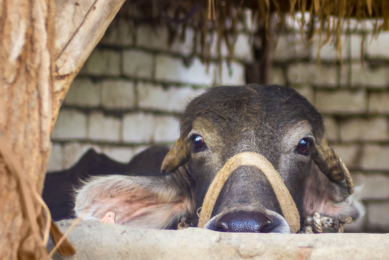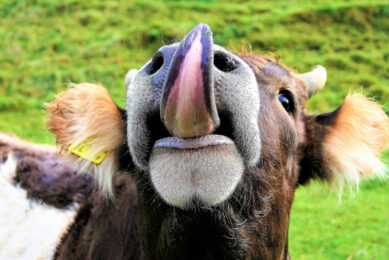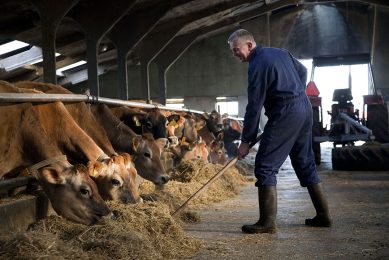Black Sea countries scramble to tame rise in feed prices
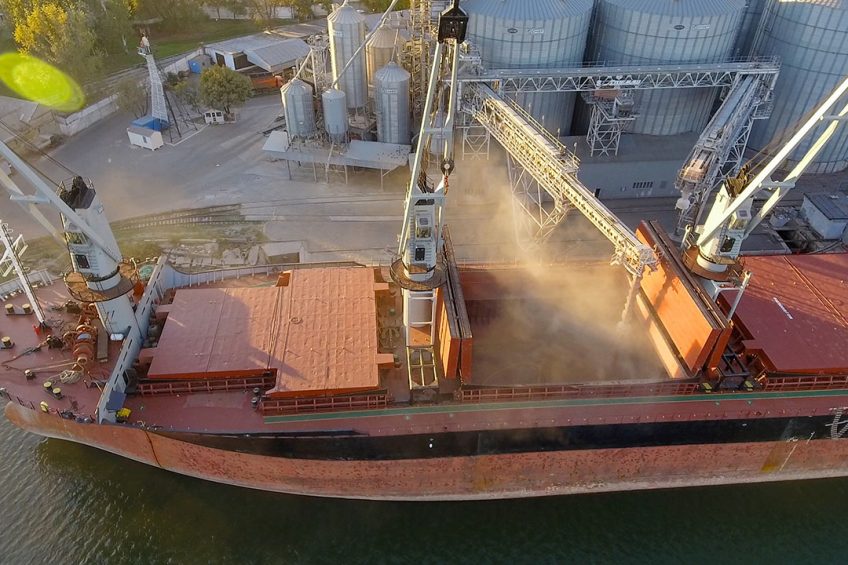
On top of the Covid-19 pandemic, soaring feed prices have rampant food inflation in the countries of the Eurasia Economic Union (EEU) and Ukraine. New approaches may be needed to deal with the rising costs.
In December 2020, Russian President Vladimir Putin ordered the federal authorities for the first time since Soviet days to introduce state price regulation on the domestic food market. “In the Soviet Union, they said the country had everything. But there wasn’t enough food for everyone,” Putin claimed, speaking during a government meeting, adding that these days, the country could encounter a similar threat, not because there is no food, as in Soviet times, but because it’s becoming unaffordable.
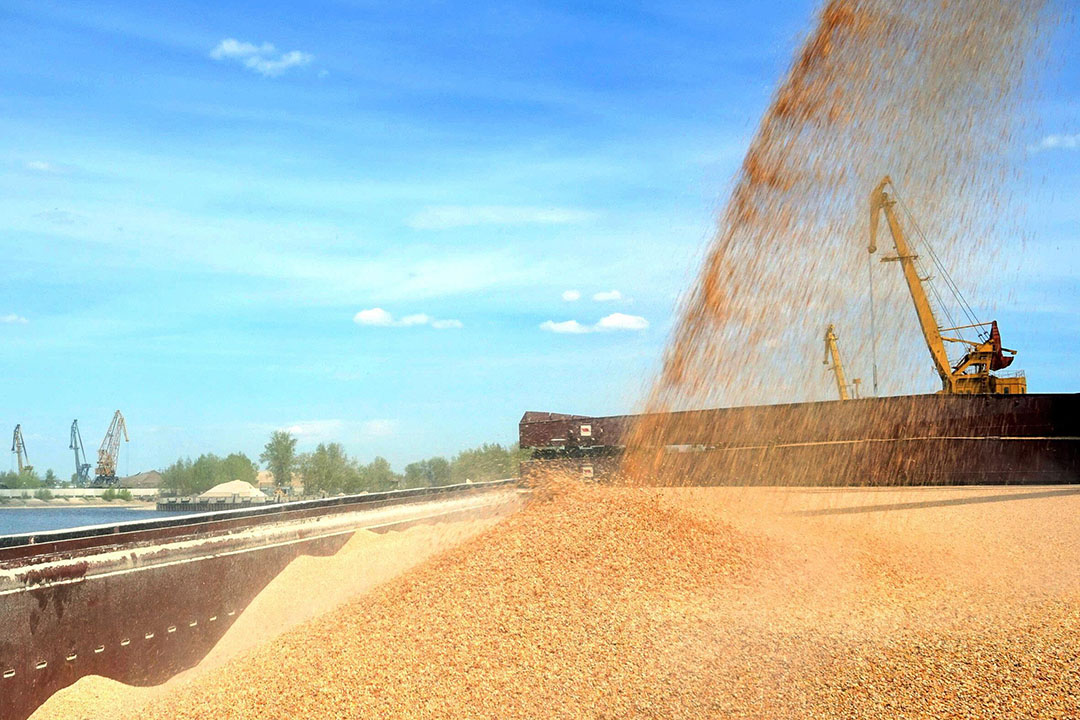
On December 22, the State Duma, the lower house of the Russian Parliament, approved the second reading of a bill on state regulation of staple food prices initiated by the government. The government now has the right to establish price ceilings for up to a 90-day period for a list of socially vital goods, including poultry and pork. This decision has been cautiously criticised by the Russian meat industry since, over the previous few months, prices had been rising, and not without reason. The Russian Union of poultry producers Rosptitsesoyuz released a statement claiming that the industry’s production costs had increased by 15% to 20% in the previous year. To avoid the industry descending into a fully-fledged crisis due to the upcoming price regulation, the government must consider allocating state aid to poultry companies, Rosptitsesoyuz said.
Poultry producers appeal for subsidises on feed
The average price of feed in Russia totalled Rub19,100 per tonne (US$ 259), 13% up compared to the same period in the previous year, the Russian state statistical service Rosstat estimated. This is believed to be the strongest one-year growth in the past decade, and yet market participants believe that the government estimations are erroneously low.
In October of 2020, Russian poultry producers appealed to the government, asking the authorities to subsidise purchases of feedstuffs; however, without success. This appeal was supported by the Russian Union of Pork Producers (RUPP). Pork production costs are expected to climb by 10% to 15% in 2021, pushing up both retail and export prices, said Yuri Kovalev, chairman of RUPP, speaking during a press conference in late December 2020. In this situation, quite a few farms may find themselves operating below the break-even point, Kovalev warned.
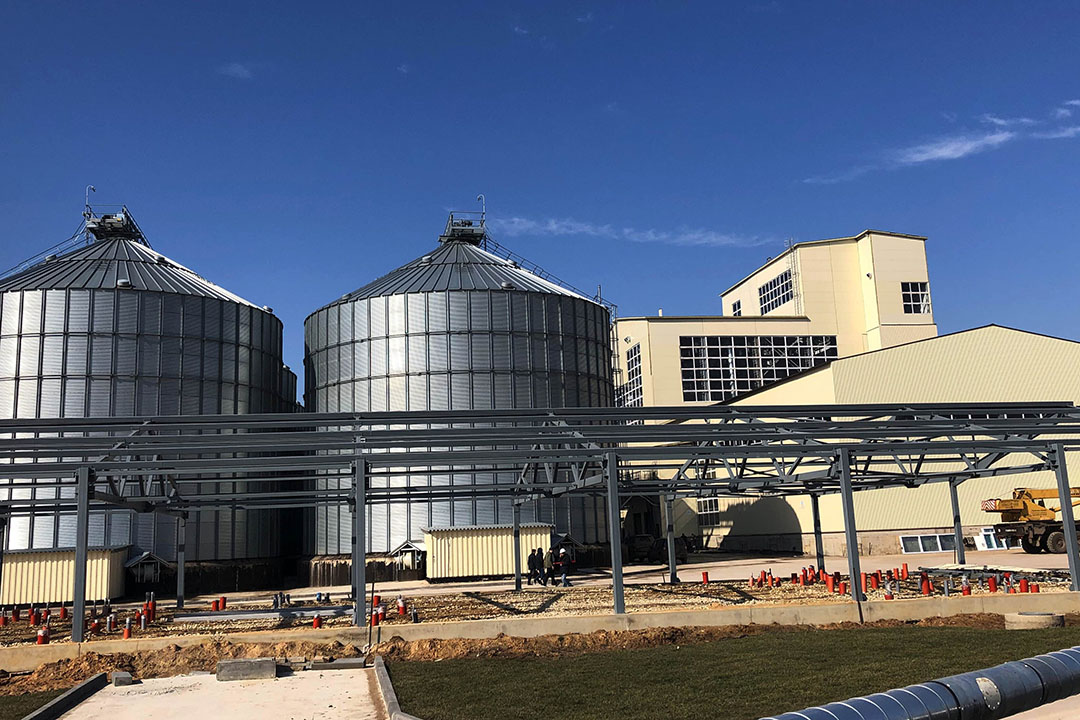
The cure might be worse than the disease
The price regulation, however, appeared to be only part of the government’s response to the unprecedented price rally. In December 2020, Russia’s Economic Development Ministry proposed that the government should impose a wheat export tax of € 25 (US$ 30) from February 15 to June 30, the Economic Development Minister Maxim Reshetnikov revealed in late December 2020. The export quota will be set at 17.5 million tonnes for the same period. Such quotas are imposed to stabilise the price situation on the domestic grain market, which has been overheated recently, Reshetnikov explained.
Farmers holding on to grain
The decision has already sparked turbulence in the Russian grain market. It will certainly fill the federal budget, but is unlikely to help the domestic feed industry. In the last week of 2020, Russian wheat export prices jumped by 6.5% to US$ 260 per tonne. Domestic prices went down, but this might only be a temporary respite. “The domestic market is low now because farmers are withholding grain, as they are not willing to sell it at relatively low prices,” Igor Pavensky, director of the analytical department of the Russian transport company Rusagrotrans said.
There is a good chance that the export price of Russian grain could climb further to US$ 270, against the background of a tough situation on the global corn market and uncertainty over the new harvest in South America, Andrey Sizov, director of the Russian analytical agency SovEcon told the Russian magazine Agroinvestor.
Govt cautions farmers not to withhold grain
Russian government officials called on farmers not to withhold grain, threatening that if market participants do not act responsively, the quotas could be introduced for good. “It’s important to form an understanding of the market that from July 1 there will be no zeroing of export duties, so there is no point in holding onto grain and waiting in the hope that the domestic market will change one day,” Reshetnikov said, adding that by all means the government plans primarily to protect domestic customers. Export prices are also set to rise due to the introduction of a new export tax. “The forecast for Russian wheat exports in the 2020/21 season had been reduced from 40.8 million tonnes to 38.3 million tonnes after the proposal to introduce the new tax was released. However, a subsequent in-depth analysis showed that this figure is likely to be even lower,” Sizov said.
…there is no point in holding onto grain and waiting in the hope that the domestic market will change one day
Still, increased supply to the domestic market would not guarantee lower prices. Russian analysts warned that the export quota introduced at the beginning of 2020 to constrain domestic grain prices has failed to meet its target. With some delays, domestic prices are following the trend in export prices, which, on the contrary, are spurred by all the restrictive measures.
According to Elena Tyurina, director of the Russian Grain Union’s analytical department, Russia set an export quota and the new tax in the hope that domestic prices would drop, but this did not happen, even quite the opposite: prices began to increase – on average by US$ 20 per tonne. Besides, export quotas could again spoil Russia’s image as a reliable trade partner on the global market. Speaking in 2020, Alexander Korbut, vice president of the Russian Grain Union, said that the quota prompted some importers to refrain from buying Russian grain. The quota’s introduction might be associated with some serious long-term consequences, he warned.
The Russian Agricultural Ministry is currently considering the introduction of a € 25 export tax per tonne of barley and € 10 export tax per tonne of corn. Besides, the export tax on wheat could be increased to € 50 per tonne.
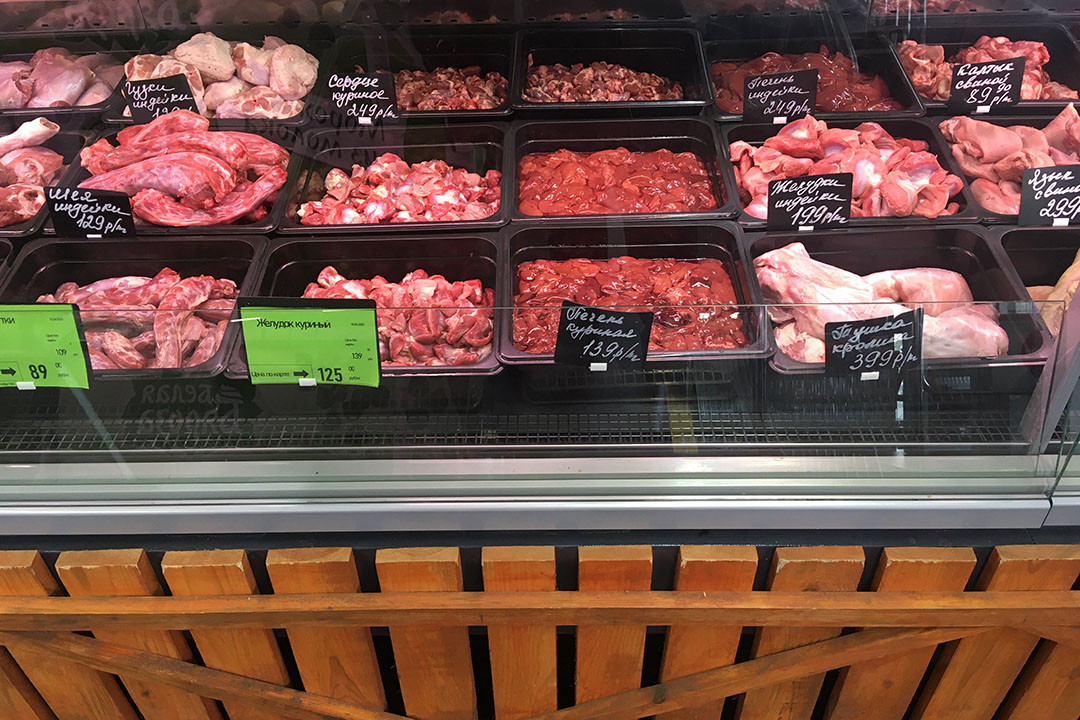
Ukraine sticks to free trade
Expensive feed is becoming an issue for feed producers not only in Russia but also in most countries in the CIS region. At the end of 2020, several Ukrainian business unions appealed to their government, begging to limit grain exports in order to constrain the rise of grain prices on the domestic market. The absence of some restrictive measures, it was said, would lead to strong food inflation and severely hit both farmers and consumers, the farmers warned.
Ukraine: Feed prices rise impacts pork price
In the next few months, the retail price of pork is likely to increase in Ukraine, the Ukraine livestock association said in a statement on its website. The main reason is the growth in prices for grain components, soybeans, and sunflower seeds, which went up by 20% to 40% in 2020. Besides, prices are likely to keep growing, given the problems with the new harvest, the livestock association warned. However, Ukrainian government officials have promised to avoid any artificial export restrictions. Instead, Ukraine’s Ministry for Development of Economy, Trade, and Agriculture and traders agreed that wheat exports should not exceed 17.5 million tonnes in the new marketing year. The Ministry signed a memorandum with several industry associations on grain export plans, which are designed to maintain the stability and predictability of the grain market. In a similar way, the government, together with the main stakeholders of the grain market, managed to ensure stability in the grain market in 2020, Minister Taras Vysotskyi wrote on his Facebook page.
Ukrainian: Feed prices pushes up egg production costs
Still, not all market participants would agree that the market situation is stable. A sharp rise in feed prices pushed the production cost of one egg from UAH1.8 to UAH 2.8 (US$ 0.06 to 0.09), Ukraine poultry farmers estimated. In early January the Ukraine union of poultry farmers and the Ukraine pig farmers association called the government to limit maize exports at 22 million tonnes per year, citing fears over sharply rising feed prices. “This is a global growth trend [of feed prices]. These days the price of feed has jumped by nearly 60%. Our harvest was fine. The price on the domestic market is following global dynamics,” commented Vladimir Rudenko, operational director of the Ukraine’s biggest egg producer Avangard. The price dynamics on the Ukraine egg market are rather unpredictable due to the continuing uncertainty about feed prices, but there is a ceiling the prices are unlikely to break, according to the Ukraine Union of Poultry Farmers. “We will certainly not see the price of UAH50 (US$ 1.8) [per 10 eggs], because, at this price, we could rather import eggs from Poland and Belarus. This is not a price that we could accept on the domestic market. This is the limit,” Karpenko added. However, this might not be the case since feed prices are rising in a similar way both in Belarus and in Poland.




